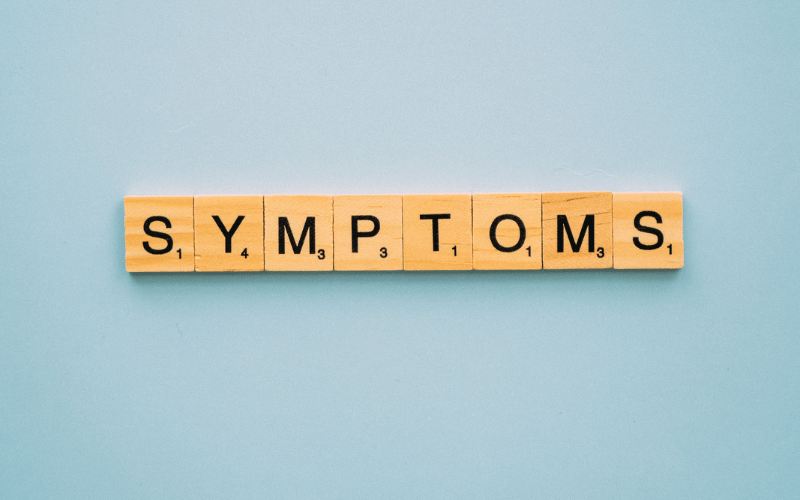Fact 4: Late Dumping Symptoms Are Different

Unlike its early counterpart, late dumping is a bit of a sly customer. Emerging a few hours post-meal, its symptoms pivot more towards the realm of blood sugar imbalances, making it a unique beast altogether.
Hours after a meal, when one might assume all is well, the symptoms of late dumping sneak in. The primary culprits are the swift surge and subsequent crash in blood sugar levels. When the body absorbs sugar quickly, it prompts a rapid release of insulin. However, in cases of dumping syndrome, this insulin surge overshoots its mark, plunging blood sugar levels abysmally low.
The symptoms of late dumping often mirror those of hypoglycemia, or low blood sugar. Individuals might experience a sudden onset of shakiness, a feeling reminiscent of one’s insides quivering. Accompanying this shaky feeling is a pronounced weakness, as if the body’s energy reserves have been sapped away.
The symptoms aren’t just physical. There’s a cognitive angle to the late dumping experience. Concentration can become challenging, and there might be a sense of mental fog, a cloudiness that impedes clear thinking. Additionally, vision might blur momentarily, and in severe cases, some even report difficulty in speaking.
Interestingly, the body’s response to plummeting blood sugar isn’t limited to shakiness or cognitive disturbances. Sweating is another hallmark. This isn’t just a gentle perspiration but can be an intense, drenching sweat, often catching individuals off guard. (4)